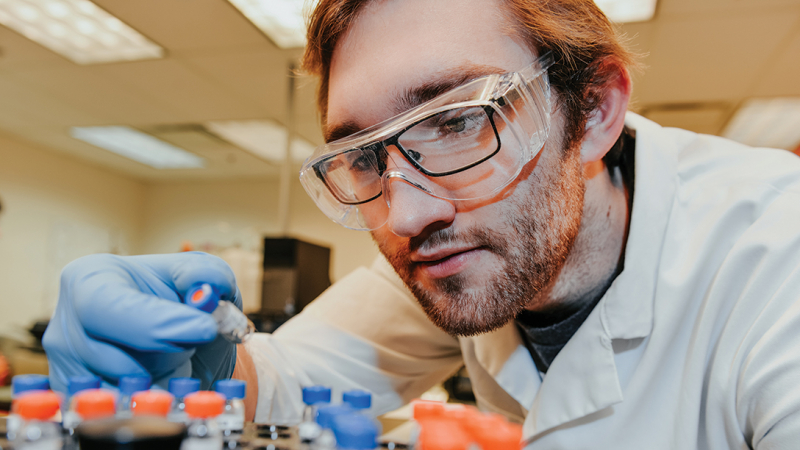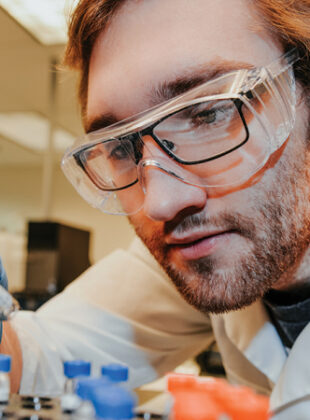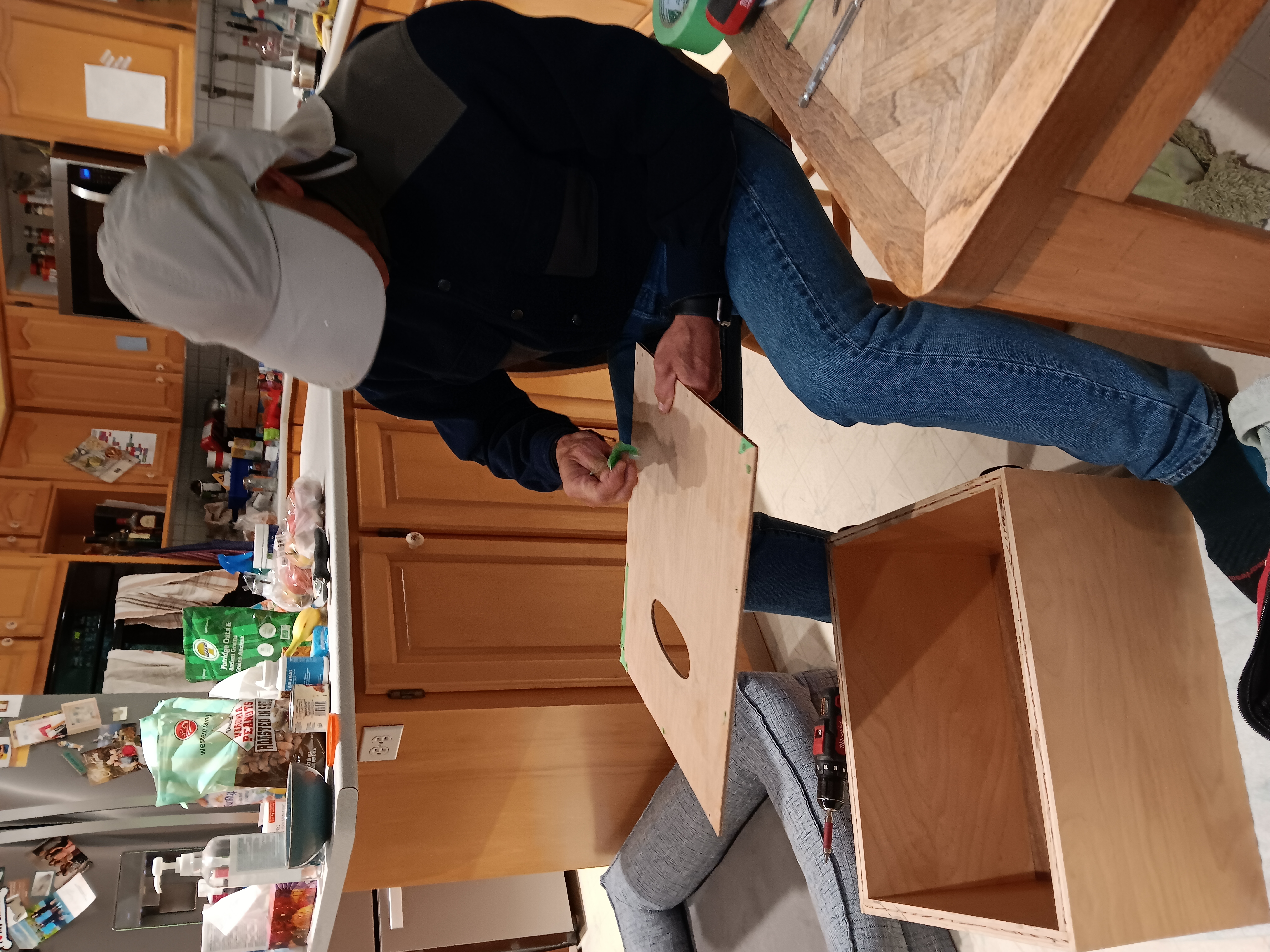So many observations, and so many opinions to hold.

It’s an unfortunately prominent misconception that scientific methodologies are without subjectivity. Thomas Kuhn, Karl Popper and “That guy from my FN essay” are among many scientific scholars that have written and addressed the significant amount of subjectivity present in science. Unfortunately, our school systems are built on scientific principles but refuse to acknowledge this reality.
If you are designing a course and you choose that “tests” are worth 40% of the grades and “assignments” are worth 60%, you’ve made a judgement call. There is no body of literature that supports an optimal grade weight value.
When working with analytical chemistry equipment, there are several important features to ensure precision and accuracy. Calibration curves with known values are used to determine upper and lower limits, values that fall outside of this window cannot be accepted. The linear range of values is the only range in which predictions can be made. If you are obtaining values outside of the linear range then these values are not trust worthy.
These are just some features necessary for “objective” measurement, but classrooms do not possess them. As such, the teacher is both instrument and instrumenter. Since it is impossible to achieve a truly objective, complete understanding of a student in a classroom setting, assessment should reflect the best desires of the student, with student growth as the ultimate goal.




